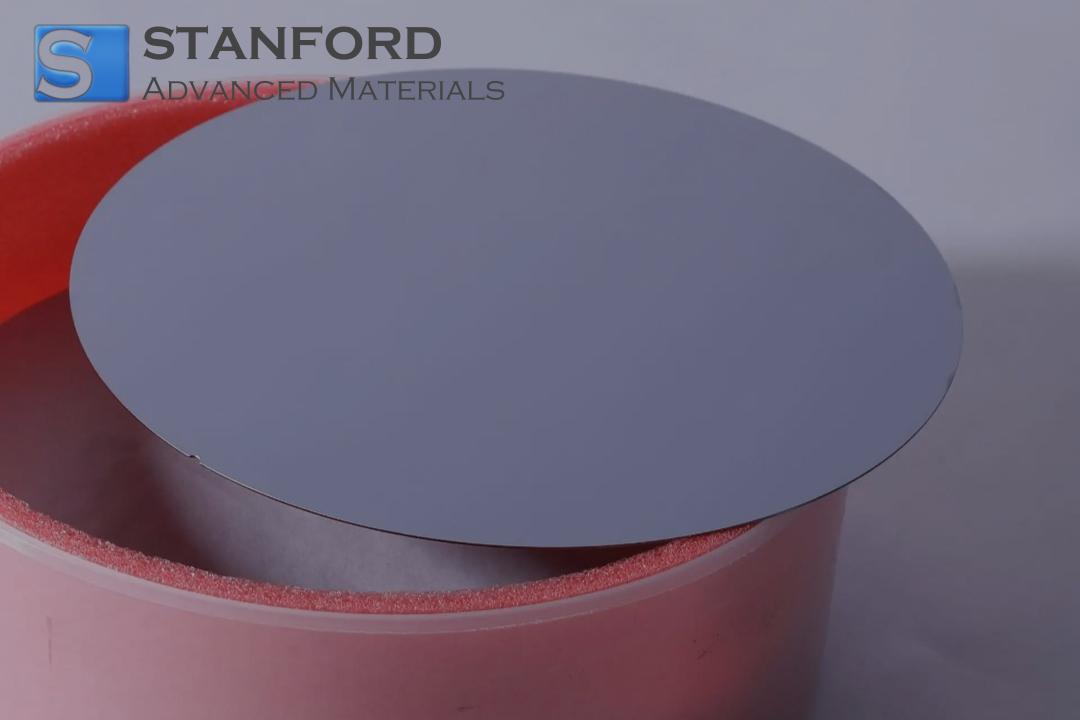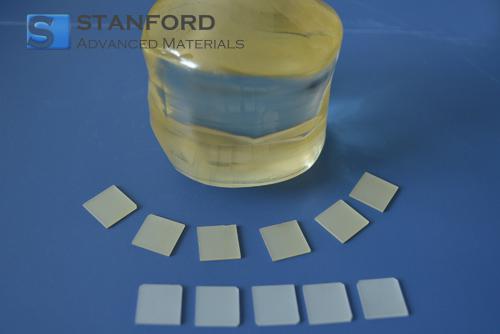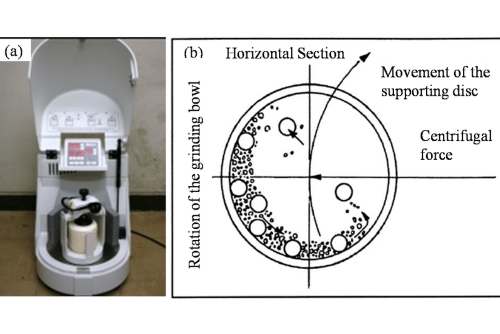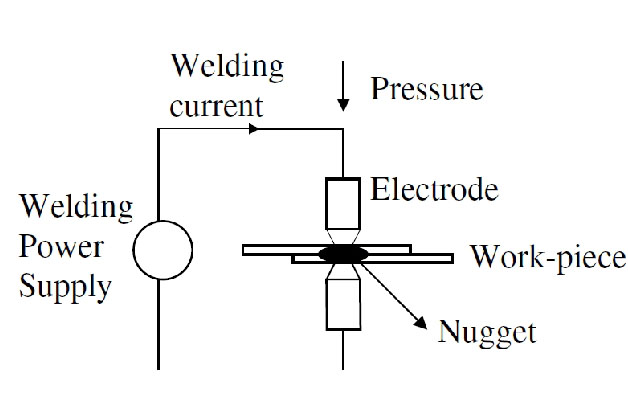ZnS Optical Windows for Infrared Imaging Systems
Introduction
In many scientific and industrial settings, infrared imaging plays an essential role. Infrared systems rely on optical windows that pass infrared light with low signal loss. Zinc sulfide has been used for decades in such systems. Its optical clarity and durability make it a preferred choice.
Unique Material Properties of Zinc Sulfide
Zinc sulfide is known for its excellent infrared transmission. The material performs well in the 8 to 12 micrometre range, which is common in thermal imaging. It has a high refractive index and low dispersion. These features assist in reducing spherical aberrations. Its durability is also advantageous. Zinc sulfide resists corrosion and can endure high temperature changes. Laboratory tests indicate that its transmittance exceeds 70 per cent for several IR wavelengths. This performance maintains consistency even in harsh environmental conditions.
The material has a long track record. It performs consistently in both indoor and outdoor applications. Its structure provides a balance between optical qualities and mechanical strength. The strong bonds in its crystal lattice account for this reliability. Over the years, field cases, such as military imaging systems and environmental sensors, have demonstrated that zinc sulfide maintains clarity and resilience.
Manufacturing and Forms of ZnS Windows
Zinc sulfide optical windows come in various forms. They are produced by sintering, hot pressing, and chemical vapour deposition. The sintering process results in high optical clarity. Hot pressing provides dense and uniform results. Chemical vapour deposition is used when intricate shapes are required.
The windows are polished to a high standard. The finishing process removes any surface imperfections. Fewer imperfections result in higher quality images for infrared cameras. In many cases, additional coatings are applied. These coatings further reduce reflection losses. Many manufacturers adhere to precise tolerances, ensuring that the windows meet the rigorous demands of infrared systems. The end products vary in thickness and diameter based on the intended application.
Applications in Infrared Imaging
Zinc sulfide windows are found in several infrared imaging systems. Thermal imaging cameras in law enforcement and security use these windows. They are also common in military targeting systems. Aircraft sensors frequently utilise zinc sulfide due to its ability to handle the vibration and temperature extremes of flight. In industrial settings, zinc sulfide windows contribute to non-destructive testing where heat signatures indicate system flaws.
Daily, infrared imaging is applied in the energy and automotive industries. For instance, infrared scanners in electrical inspections rely on the window’s stability and high transmission quality. An increased use of zinc sulfide is evident in environmental monitoring devices. Its properties allow reliable performance even in outdoor, variable conditions.
How ZnS Stands Out Comparing with Other IR Window Materials
Many materials are considered for infrared windows. Germanium and silicon are frequent alternatives. Zinc sulfide, however, offers a cost advantage and ease of fabrication over germanium, which can be expensive and fragile. Silicon may require additional cooling systems to reduce thermal noise. Zinc sulfide typically requires minimal cooling in many instances.
Zinc sulfide also compares favourably in optical performance. Its high transmittance and strong mechanical properties contribute to a longer service life in field operations. Several practical tests indicate that zinc sulfide windows tend to have fewer power losses in signal transmission. This gives them an advantage when the imaging system relies on high fidelity in detail. The material stands out by keeping manufacturing costs lower while delivering consistent performance.
Conclusion: Why ZnS Remains A Top Choice
Zinc sulfide optical windows remain popular. Their clear transmission, quick response in the infrared range, and durable physical properties have sustained their use in demanding fields. Years of practical applications have demonstrated that the material meets the needs of modern imaging systems. The ease of fabrication and lower manufacturing costs are benefits that make zinc sulfide a strong contender over alternatives. For more optical materials, please check Stanford Advanced Materials (SAM).
Frequently Asked Questions
F: What is the typical infrared range for zinc sulfide windows?
Q: The typical range is about 8 to 12 micrometres for thermal imaging.
F: Do zinc sulfide windows require additional cooling during use?
Q: Most applications operate without additional cooling due to their stable thermal properties.
F: Is zinc sulfide durable for field applications?
Q: Yes, its high resistance to environmental stress ensures durability.

 Bars
Bars
 Beads & Spheres
Beads & Spheres
 Bolts & Nuts
Bolts & Nuts
 Crucibles
Crucibles
 Discs
Discs
 Fibers & Fabrics
Fibers & Fabrics
 Films
Films
 Flake
Flake
 Foams
Foams
 Foil
Foil
 Granules
Granules
 Honeycombs
Honeycombs
 Ink
Ink
 Laminate
Laminate
 Lumps
Lumps
 Meshes
Meshes
 Metallised Film
Metallised Film
 Plate
Plate
 Powders
Powders
 Rod
Rod
 Sheets
Sheets
 Single Crystals
Single Crystals
 Sputtering Target
Sputtering Target
 Tubes
Tubes
 Washer
Washer
 Wires
Wires
 Converters & Calculators
Converters & Calculators
 Write for Us
Write for Us


 Chin Trento
Chin Trento



